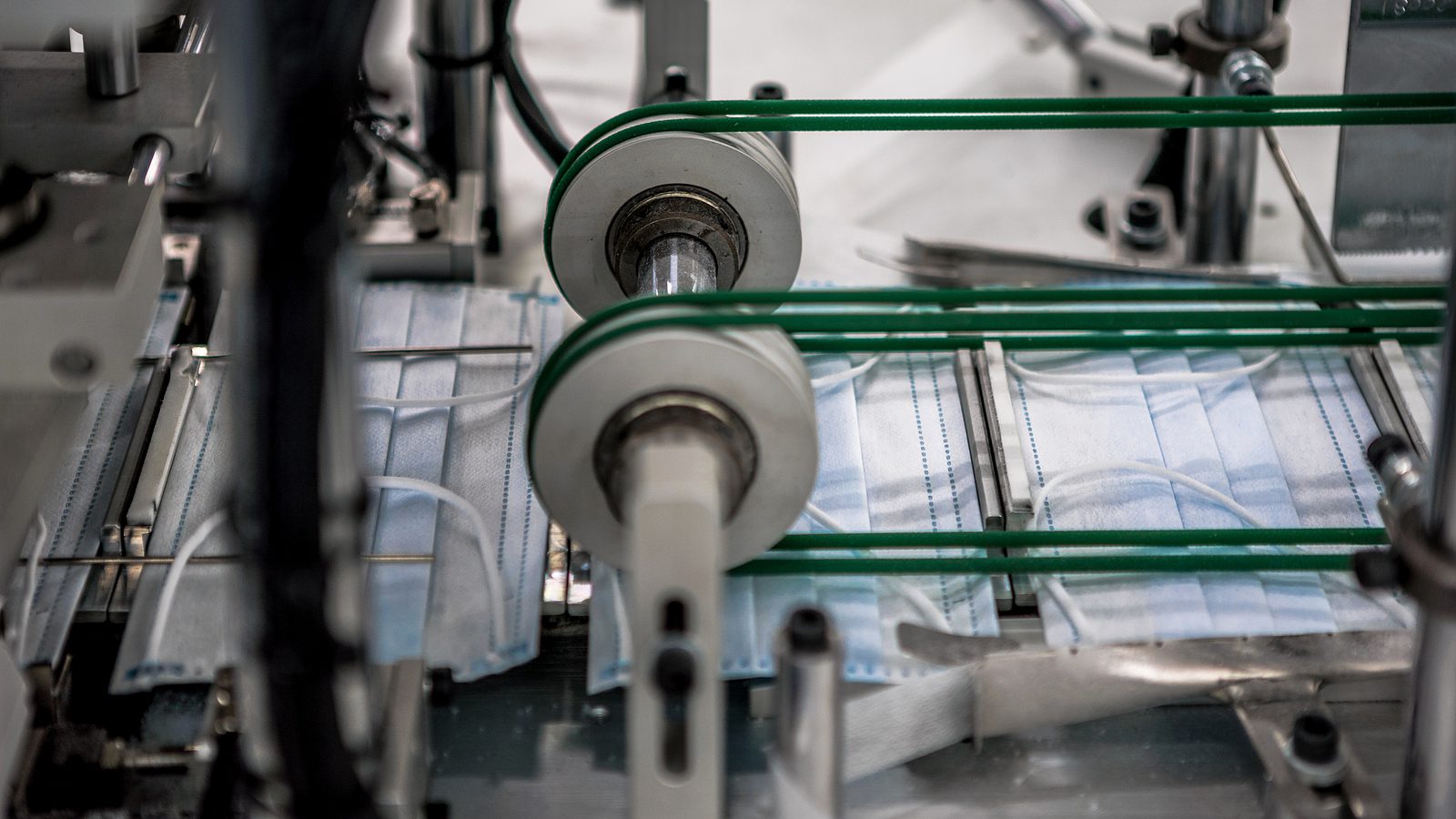By Laser 1 Technologies
Retaining the Millennial Worker
Consider the implications of these two simple statistics:
- In 2015, millennials become the largest generation in the U.S. workforce (Pew Research Center).
- Millennials switch jobs four times in their first 10 years on the job on average (Linkedin)
There’s no denying it: Understanding and embracing the millennial mindset is absolutely crucial to hiring and retaining employees.
Empowerment and engagement are the keys to winning millennial loyalty. Nail these factors, and you’ll be rewarded with long term employees eager to help your business flourish.
By consciously strategizing to attract and keep millennial employees, you can overcome some common recruitment challenges. For example, maybe your company has a great track record of retention, but your workforce is older. You may be facing a knowledge gap as older workers retire, and you need to shift your retention strategies for a different generation. Also, companies located in sleepy, low-profile areas struggle to compete with the cities–especially regarding millennials–so they need to compensate by offering real value to attract and keep staff.
Strategically evaluating how to keep employees empowered and engaged has to be a priority, and it will require investment of time and resources. However, the payoff is clear: committed employees are worth their weight in gold.
Here are some tactics to consider:
Immersion programs: Develop an extensive training program which rotates new hires through elements of all departments. They’ll gain an in-depth understanding of the entire company, they’ll develop relationships with people in all divisions, and they’ll gravitate to the specialty which reflects their passion and skills.
Adhesive coatings company Flex.com, with 1000 employees in Spencer, Mass., aggressively courts new hires from science programs at nearby universities. These “development associates” rotate through every department over the course of their first 12-18 months. By working alongside production, development, marketing and communications, they immerse in company culture, processes and opportunities. After five years, retention is on the increase: 25% of the first class remains at FLEXcon, 50% of the second, and 60% of the third.
The key to a successful retention plan “is to give people the opportunity to move around and try different things in the company. Otherwise, they’ll find it elsewhere,” said David Milbourne, vice president of talent management at Alcoa.
Rewarding roles: Don’t keep new employees in the trenches too long. If they think they’ll need to spend years in a mundane, boring role before advancing to problem-solving and making a creative contribution, they won’t stick around. They need to feel valued for their energy and ideas. Respond to their interests and give them real responsibilities and challenges.
For example, Lockheed Martin Space Systems advances knowledge workers to glamorous, interesting projects faster than they used to. When millennial employees are contributing to sexy programs like NASA projects, they’re intellectually engaged, they’re motivated, and they feel like part of a large and impactful mission.
Promote initiative: Millennial workers thrive on a sense of making a difference. They’re not satisfied with routine clock-punching, so make sure they’re invested and engaged. Empower them to take on pet projects, such as in-house green initiatives and employee volunteer teams. Invite them to share their ideas and give them access to top management to express them.
Network server appliances manufacturer MBX in Libertyville, Ill., sets each new hire up with a 15-minute meeting with each member of the company’s executive management team in their first few weeks, ensuring each one feels seen, heard and valued.




